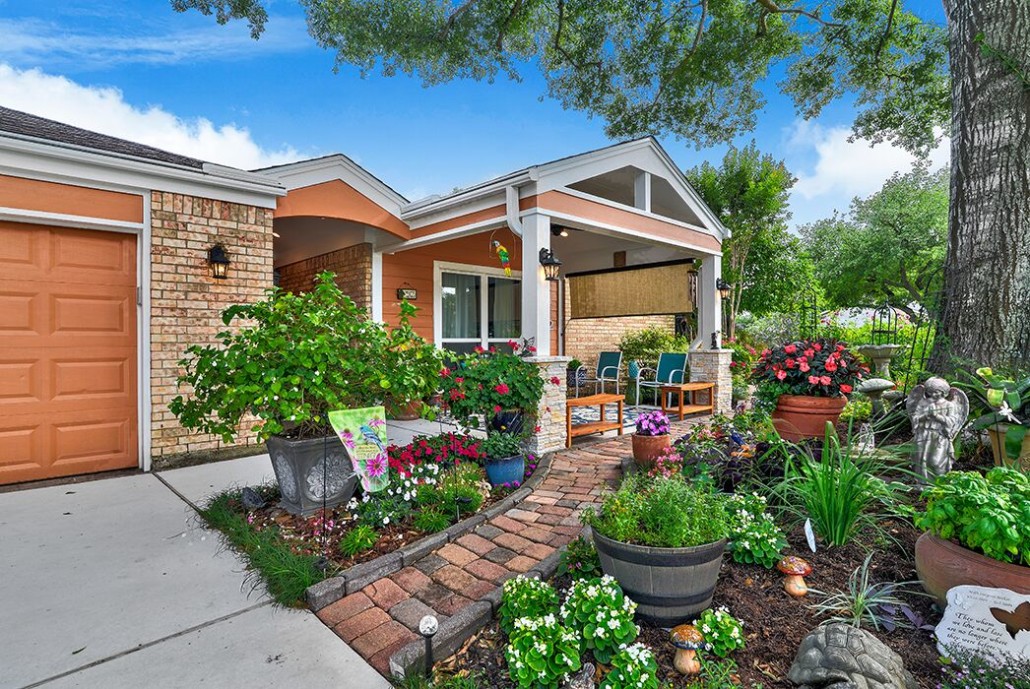San Antonio, Texas, is renowned for its rich cultural heritage, vibrant community, and beautiful natural landscapes. Homeowners and businesses alike are increasingly focusing on enhancing their outdoor spaces to reflect the unique charm of the city. Landscaping design and installation in San Antonio play a crucial role in this transformation, turning ordinary yards into extraordinary outdoor retreats. This article will explore the essentials of landscaping design and installation in San Antonio, highlighting key considerations, popular trends, and tips for achieving stunning results.
Understanding San Antonio's Climate and Soil
San Antonio's climate is characterized by hot summers, mild winters, and occasional droughts. This semi-arid environment necessitates careful selection of plants and materials that can thrive in such conditions. Native plants, which are adapted to the local climate, are an excellent choice for sustainable landscaping. They require less water and maintenance, making them ideal for eco-conscious homeowners.
The soil in San Antonio varies from clayey to sandy, with limestone bedrock common in many areas. Soil testing is a crucial first step in any landscaping project to determine the pH level and nutrient content, ensuring that the chosen plants will thrive.
Key Considerations for Landscaping Design
1. Purpose and Functionality: Before diving into design specifics, it's important to determine the primary purpose of the outdoor space. Whether it's for entertaining guests, providing a play area for children, creating a serene retreat, or enhancing curb appeal, the purpose will guide the design process.
2. Budget: Establishing a realistic budget is essential. Landscaping can range from simple garden beds to elaborate installations with water features, lighting, and outdoor kitchens. A clear budget helps in prioritizing elements and preventing overspending.
3. Style and Aesthetics: The design should complement the architecture of the home and the surrounding environment. Popular styles in San Antonio include traditional Texan, Spanish Colonial, and modern minimalist. Each style has its own set of design principles and plant selections.
4. Sustainability: Sustainable landscaping practices, such as xeriscaping (using drought-resistant plants), rainwater harvesting, and using organic mulch, are increasingly popular. These practices not only conserve water but also reduce maintenance efforts.
Popular Landscaping Trends in San Antonio
1. Native and Drought-Tolerant Plants: Plants like the Texas sage, agave, yucca, and various cacti are well-suited to San Antonio's climate. These plants add a unique Texan flair to landscapes while being low-maintenance.
2. Outdoor Living Spaces: Patios, pergolas, and outdoor kitchens are in high demand. These features extend the living area of the home and provide a perfect setting for gatherings and relaxation.
3. Water Features: Despite the arid climate, water features such as fountains, ponds, and waterfalls remain popular. They add a sense of tranquility and help to cool the surrounding area.
4. Lighting: Landscape lighting enhances the beauty of the garden after dark and increases safety. Solar-powered lights are a sustainable option that reduces electricity costs.
The Installation Process
1. Site Preparation: This involves clearing the area of any existing vegetation, debris, and rocks. It may also include grading the land to ensure proper drainage.
2. Soil Improvement: Depending on the soil test results, amendments such as compost, sand, or gypsum may be added to improve soil quality and drainage.
3. Hardscaping: Installation of non-plant elements such as walkways, patios, retaining walls, and water features. This stage often involves heavy machinery and skilled labor.
4. Planting: Selecting and planting trees, shrubs, flowers, and groundcovers according to the design plan. Proper spacing and planting depth are crucial for plant health.
5. Irrigation and Lighting: Setting up an efficient irrigation system is vital, especially in a semi-arid climate. Drip irrigation and soaker hoses are water-efficient options. Lighting installation follows, ensuring all areas are adequately illuminated.
6. Mulching and Finishing Touches: Mulching helps retain soil moisture and suppress weeds. Adding finishing touches like decorative stones, garden art, and furniture completes the transformation.
Choosing a Professional Landscaper
Hiring a professional landscaper can make a significant difference in the outcome of the project. Look for licensed and insured professionals with positive reviews and a portfolio of previous work. A good landscaper will listen to your ideas, offer suggestions, and create a detailed plan that aligns with your vision and budget.
Conclusion
Landscaping design and installation in San Antonio require a blend of creativity, practicality, and local knowledge. By considering the climate, soil, and personal preferences, homeowners can create outdoor spaces that are not only beautiful but also sustainable and functional. Whether you’re embarking on a DIY project or hiring a professional, the key to success lies in careful planning and execution. Transform your San Antonio yard into a stunning outdoor oasis that reflects the spirit and beauty of the Alamo City.





Comments